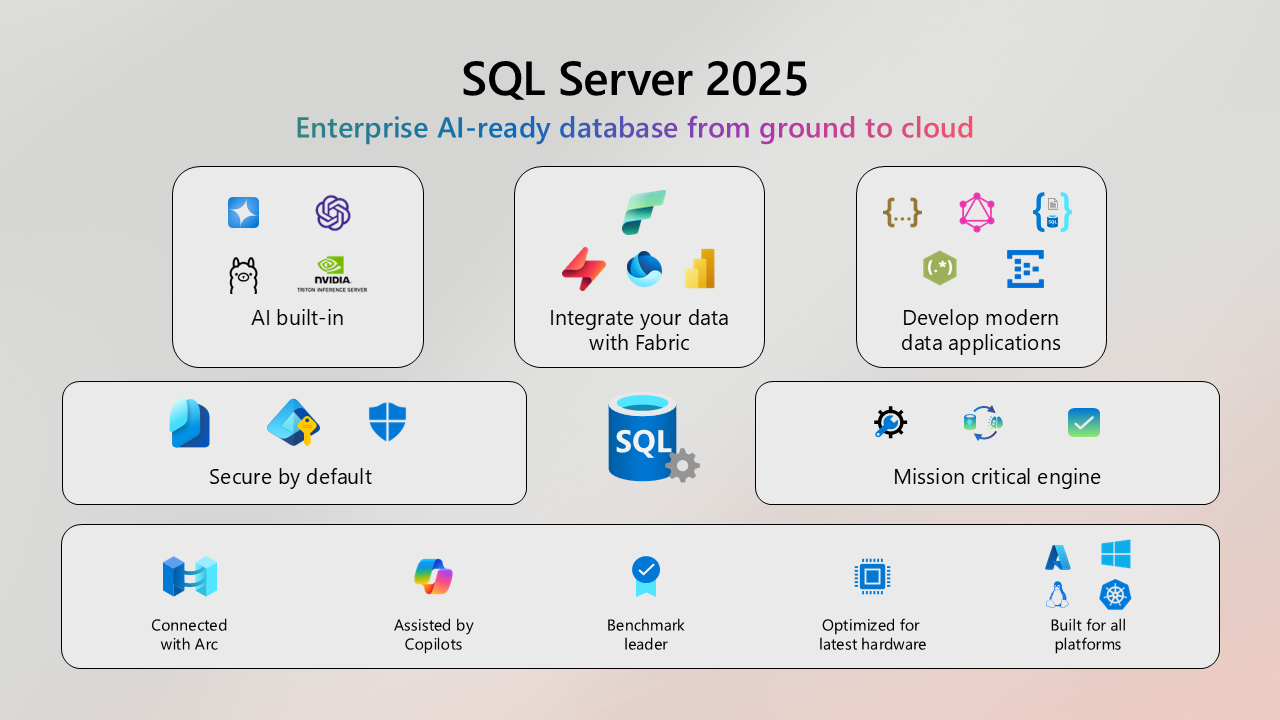Data Modeling Technique: Best Practices for Your Data Warehouse

Selecting the right data modeling technique is essential to the success of your data warehouse. With so many different approaches available, it can be challenging to determine which one is best suited for your organization's needs. We outline some best practices for choosing a data modeling technique for your data warehouse in this blog post.
Understand Your Business Requirements
The first step in selecting a data modeling technique is to understand your organization's business requirements. You need to identify the problems your data warehouse needs to solve, the data you need to solve them, and you're reporting and analysis requirements. By understanding your business requirements, you can select a technique that aligns with your organization's needs and delivers value to your business.
Evaluate Your Data Sources
Data modeling requires an in-depth understanding of your data sources. You need to evaluate the quality, structure, and complexity of your data sources to select the appropriate data modeling technique. By understanding your data sources, you can choose a technique that accommodates your organization's unique data requirements.
Consider Scalability and Performance
Choose a data modeling technique that can adapt to large changes data volumes, is scalable, and will accommodate any increased processing requirements. Ensure that the technique can scale with your business growth and consider performance as well. The ideal technique enables fast and efficient data processing and querying, allows easy source changes, and facilitates the integration of new sources with existing data models. This is particularly important when for example acquiring or selling companies and when dealing with diverse source systems.
Identify Integration Requirements
A Data integration strategy is a crucial consideration when selecting a data modeling technique. You need to ensure that your technique supports a data integration strategy that enables you to effectively support inter alia historization concepts and change data capture capabilities. Additionally, it is important to consider the data integration requirements of your downstream systems, such as business intelligence tools and analytics platforms, to ensure seamless data flow and compatibility.
Choose a Modeling Technique That Fits Your Data
Data varies in nature, and different data modeling techniques can be employed regardless of the underlying database technology of your data pipeline. It is crucial to choose a technique that aligns with the specific attributes of your data. If you have mainly unstructured data, you need to determine the best way to transform this data to structured form by using an individual program to do so. (When dealing with unstructured predominantly, it is vital to determine the best method of transforming it into structured data. There are many tools available, or you could develop your own code for this purpose).
Consider People/Capabilities
It is crucial to consider the skills and capabilities available within your organization. Assess the expertise of your team members in areas such as data analysis, data management, database administration, and data integration. Determine if you have individuals with the necessary technical proficiency, business domain knowledge, and familiarity with modern data modeling approaches. Additionally, consider the availability of resources for maintenance and support, as well as the potential need for external training or hiring to bridge any skill gaps. Choosing a technique that aligns with the skills and capabilities of your team will ensure successful implementation and ongoing management of your data warehouse.
Consider Maintenance and Support
Maintaining a data warehouse can be a significant investment. You need to consider the cost of development, maintenance, and licensing when selecting a data modeling technique. Additionally, you need to consider the level of support available from the vendor or open-source community.
Key Take-Aways:
In conclusion, choosing the right data modeling technique is critical to building an effective data warehouse. By following these best practices, you can select a technique that aligns with your organization's needs, accommodates your unique data requirements, and delivers value to your business. By making use of data automation tools, like AnalyticsCreator, the speed, agility and adaptability of your data warehouse are increased.






